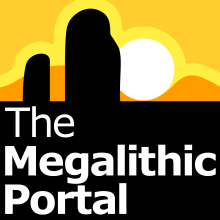Yes. There is a rational discussion of the Tor and its history (geological and archaeological) in chapters 2 and 6 of the book "Glastonbury" by Philip Rahtz (part of an English Heritage series, published in 1993, in a library near you probably). From the bottom up it is lower lias clay, middle lias limestone, upper lias clay with a capping of midford sandstone. The top part has probably survived erosion over the millenia because it was hardened by iron compounds from the spring that now feeds Chalice Well. The underlying soft lias strata mean that it is unstable and vulnerable to earthquakes (such as that which destroyed one of the churches on the summit).
Archaeological excavations have revealed a lot about human activity on the Tor, going back to the Upper Paleolithic, but nothing has been found to support the more far fetched ideas about the Tor (it is hollow, it was artificially made (like Silbury), the terraces were created as a huge labyrinth).
Something is not right. This message is just to keep things from messing up down the road
